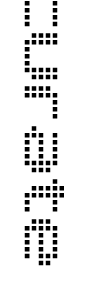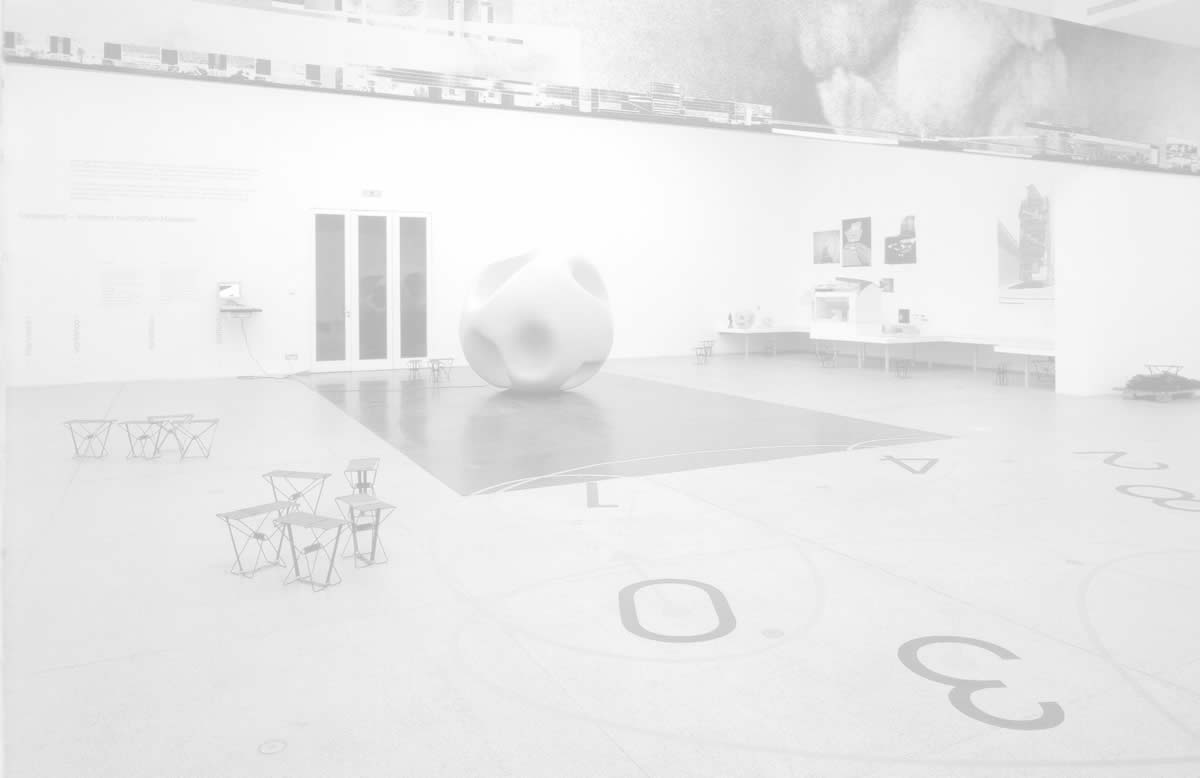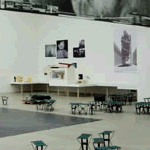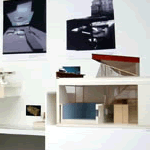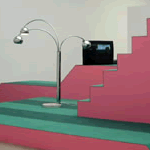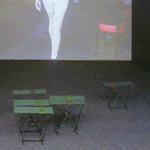//Modes of TrespassingThe historic situation with which producers of architecture are currently confronted stands out for the very reason that it can no longer be perceived in a homogeneous way. The architecture market is reacting to the diversity and complexity of the architectonic tasks it is set with a diversification of the range of services it provides, with rather short-lived trends and the building of "brands". Only with difficulty can current architectonic approaches still be assigned to superordinated stylistic, theoretical or even ideological movements. The individual approaches can only lay claim to particular relevancies and no longer to the invention of utopian entities. The multitude of heterogeneous, fragmentary approaches forms a complex, interlinked field of producers which seems inappropriate to the conception of architecture as a "holistic" practice set apart from other disciplines.
Current 'architectural practice' consists of innumerable small, independent, operative units that work in extremely dense networks and changeable alliances, to some extent nomadic, in many cases transdisciplinary. Multiple authorship, shared access to technical know-how and infrastructure, updates via collective networks and the interchange of interdisciplinary skills and fields of work go hand in hand with a high degree of individual motivation that borders on idealism and an almost fatal propensity for self-exploitation. Identity-forming tendencies towards individualisation are exemplarily combined with indispensable collective practices. The new operative units also imply new orientations and reformulation of the questions of content and substance: in such a heterogeneous situation, which strategies can be pursued by those architects/teams who continue to conceive architecture as a cultural, social and political practice? How can the individual differentiations with their high degree of theoretical and methodical specialisation be usefully reconciled with other approaches and with questions that affect society as a whole? Which traditionalistic architectonic tasks and roles, conventional patterns of perception, social rules, technological limitations and economic pragmatisms have to be transgressed? How can the processes by which space is produced and perceived be expanded? How can space be visualised and modelled as social space, as private or collective space, as media space, process-oriented space, a means of integration, a means of dealing with conflict?
"Trespassing" in this context is not primarily understood to mean an individual act of transgression on the part of the architects. 'Trespassing' goes beyond the critical reading and interlinkage of different architectonic approaches to deal with a steadily developing tendency that points towards shifts, expansions and redefinitions applicable to the whole field of architecture and its practices, role specifications and tasks. The exhibition project Trespassing - Shaping Spatial Practices approaches these issues by establishing a producers' forum and investigating the potentials of contemporary production conditions. In preparation for the exhibition, strategies, methods and contents were reflected in studio interviews, and discussed in a joint workshop with theoreticians from various fields. This multi-stage research and feedback process was the foundation of the collectively developed exhibition at the Secession. visit www.secession.at/trespassing for detailed information |
